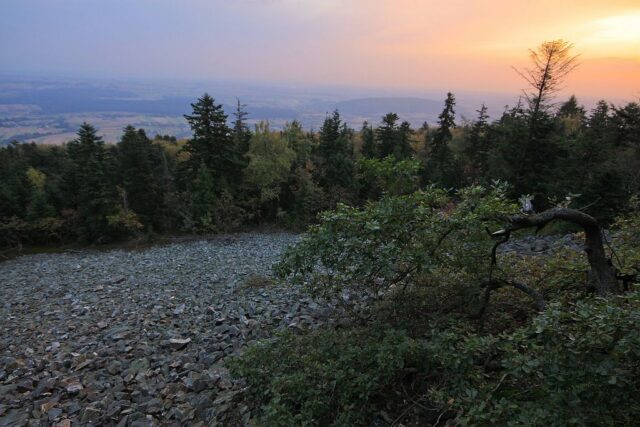Unesco has designated eight new geoparks in 2021 in an unconventional manner. The pandemic has restricted international travel, making research trips to proposed new sites difficult or impossible. Unesco decided to select the 2021 geoparks from candidates that the organization had already explored before the pandemic began.
Unesco Global Geoparks Network consists of 169 sites in 44 countries (that’s the number in 2021). A geopark is a unified geographical area whose landscape has international geological significance. The area is managed with protection, education and sustainable development in mind. Conservation efforts and sustainable development that involve local communities is also a core concept of a geopark.
The eight new Unesco Geoparks that joined the global site network in 2021 are as follows.
Saimaa, Finland
Lake Saimaa in Eastern Finland is the fourth largest lake in Europe. Its vast scale is not always obvious because of thousands islands that shape the scenery, but people who live there or spend their summers in their cottages know how easy it is to get lost at large waters. Saimaa is also known for two unique species that live only in this lake: ringed seal and landlocked salmon. Almost two million years ago, the area was part of the sea, but has since then separated from the sea completely. Helsinki is the nearest major city with international transport connections.
Vestjylland, Denmark
Jylland is a peninsula in Denmark that is connected to the Continental Europe (unlike the island where the capital Copenhagen is located). Vestjylland (West Jylland) is a region that faces the Atlantic Ocean and also includes Limfjord inland water area. The most recent ice age about 23,000 to 21,000 years ago has shaped the region. The nearest major city with international airport is Gothenburg in Sweden. A three hour ferry ride can take you to Jylland from Sweden.
Holy Cross Mountains, Poland
The Świętokrzyskie (Holy Cross) Mountains are located roughly halfway between Warzaw and Krakow in Poland. It is also the name of the province, but the Geopark and other nearby attractions are introduced here. Humans have lived in the region for at least 60,000 years, including Neanderthals who had camps and caves here. The varying landscape has been crafted by humans during thousands of years.
Thuringia Inselsberg – Drei Gleichen, Germany
The Thuringia Inselsberg – Drei Gleichen Geopark is in Thuringen district in Central Germany. The Geopark is a hilly region bordered by towns Eisenach, Gotha, Arnstadt and Schmalkalden. Thuringerwald (The Forest of Thuring) is another name for the region. Travel information to the Geopark is readily available, and there are plenty of hiking routes and other attractions. Remnants of supercontinent Pangea and fossils have been discovered in the Geopark.
Grevena Kozani, Greece
Grevena Kozani Geopark is in North Greece near the borders of Macedonia and Albania. It is mountainous region with villages on steep slopes and with mountain-top monasteries. The Geopark is a perfect destination for outdoors adventures that are introduced in the park’s home page. Billion years old rock formations have been found in the Geopark, as well as fossils and mammoth tusks.
Aspromonte, Italy
Aspromonte is a large National Park in the southern tip of Italy that has been accepted into the Unesco Geopark network. The mountainous area has extremely varying landscape:, ridges and plateaus with deep valleys carved by streams. More information at the park’s home page.
Majella, Italy
Majella is a large Geopark south of town called Chieti, on the opposite coast of Italy as Rome. The region is renowned for its dramatic landscape that outdoor enthusiasts love. This page has more information about the park, its flora and fauna. Signs of human life discovered in the area have been dated back 600,000 years.
Belitong, Indonesia
The entire nation of Indonesia is built on islands, some large and others small. Bali, for instance, is a rather small island. Belitong Geopark occupies 200 islands north of the capital Jakarta. Belitong is known for its rock formations.
Here is a brief video with clips from each new Geopark:



